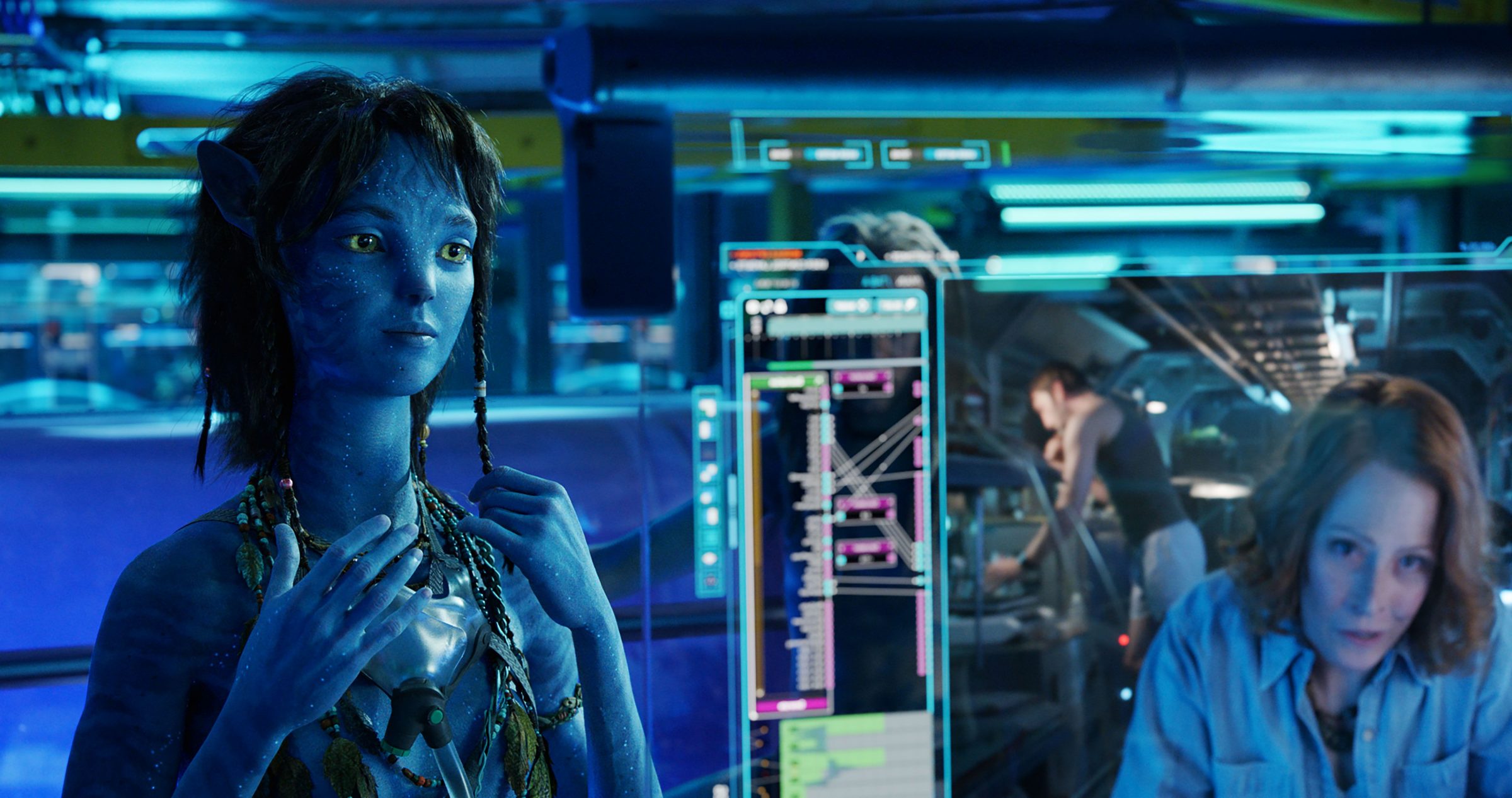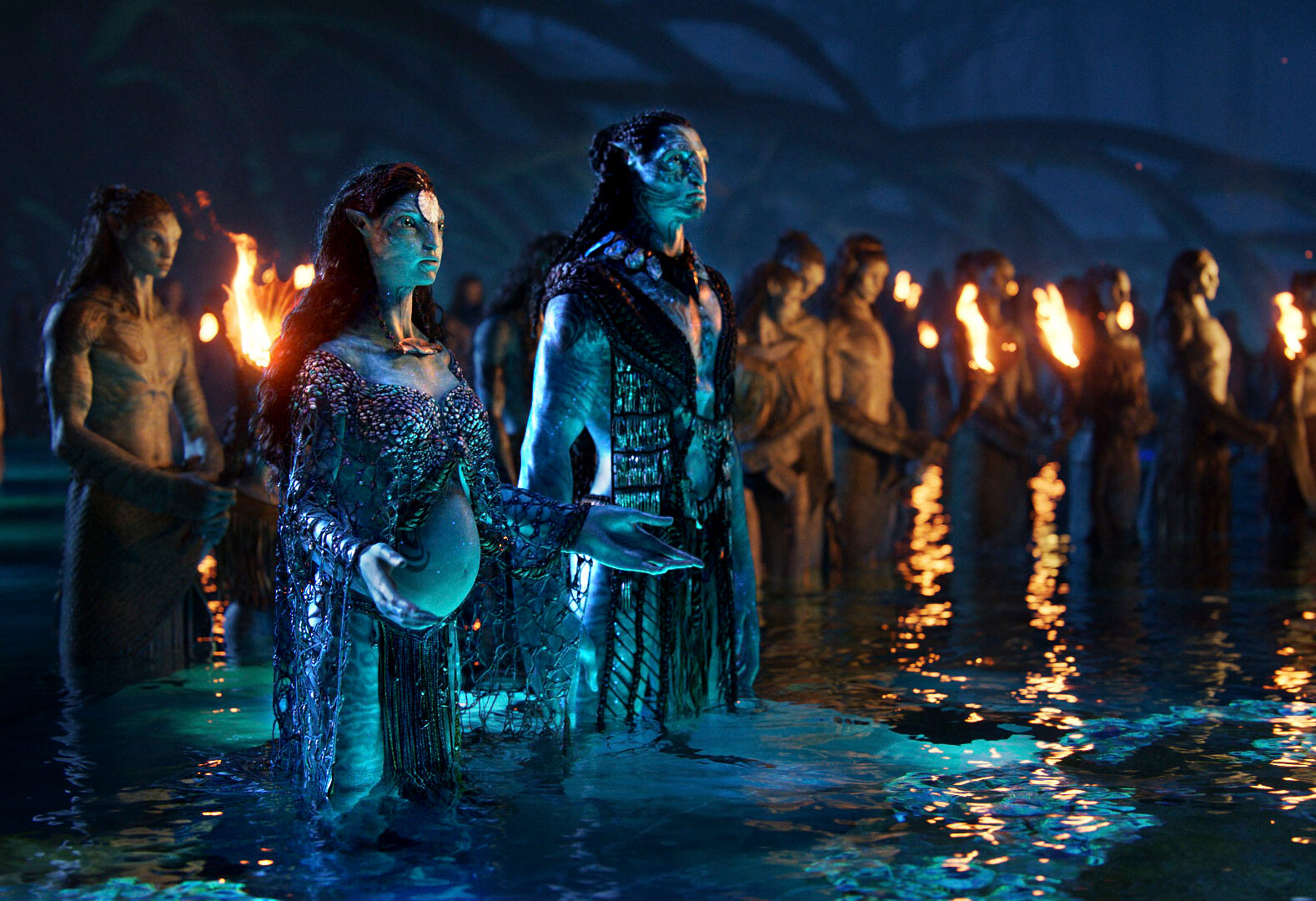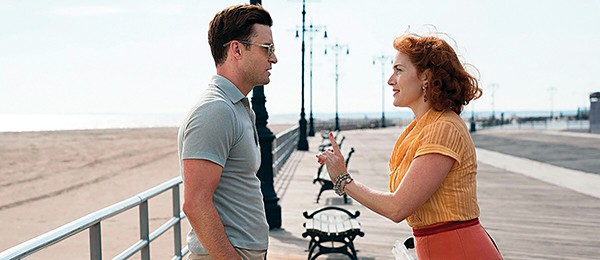It took George Miller 18 years to shepherd Mad Max: Fury Road from pre-production to release. He went down blind technological alleys; wrote, produced, and then canceled an anime version; and went through multiple Maxes and Furiosas. But the false starts and revisions paid off — Fury Road was the best film of the 2010s, and arguably the greatest action movie of all time.
James Cameron’s been cooking his sequel to 2009’s Avatar for 13 years. The Way of Water was originally scheduled to bow in the summer of 2014, but underwater motion capture photography, which had never been attempted before, turned out to be much harder than the director anticipated. Then came the pandemic.
Miller used his time to refine Fury Road down to its essence, assembling a stripped-down hot rod of a film that goes full throttle for two hours. The years of delay had the opposite effect on Cameron. His original idea for an Avatar trilogy expanded into a pentalogy, and TWOW is a bladder-bursting 192 minutes long — comparable to the running time of Lord of the Rings: The Return of the King but with fewer endings.
We return to Pandora to find that just about the same amount of time has passed there as in real life. Jake (Sam Worthington), the runaway space marine, has married Neytiri (Zoe Saldaña) and now permanently inhabits his blue Na’vi body. He’s the chief of the tribe, and they’re raising quite a brood: two sons, Neteyam (Jamie Flatters) and Lo’ak (Britain Dalton), and their daughter Tuk (Trinity Jo-Li Bliss). They’re also raising Kiri (Sigourney Weaver), the Na’vi daughter of the avatar of the late Dr. Grace Augustine (also Sigourney). Who Kiri’s father is, or how any of that works, biologically speaking, is left a mystery for future installments. In the midst of all the techno-wizardry, using mo-cap to empower Sigourney Weaver to play her own teenage daughter turns out to be Cameron’s greatest stroke of genius.

The strangest member of the mixed Sully clan is Spider (Jack Champion), the biological son of Col. Miles Quaritch (Stephen Lang), Jake’s former commanding officer who died during Avatar’s final battle. Spider was abandoned on Pandora after the humans withdrew and was adopted by the Sullys.
But Col. Quaritch’s story isn’t over. The Resource Development Administration (RDA) backed up his consciousness as a way of preventing the loss of institutional knowledge. The powers that be implanted his mind into a Na’vi clone. When the RDA returns to Pandora in force, clone Col. Quaritch is sent on a mission to hunt down the traitor Sully and terminate him with extreme prejudice.
Had TWOW been released on time in 2014, the last decade at the movies would look very different. It’s quite possible the 3D revolution Avatar inspired wouldn’t have fizzled in the mid-teens. Cameron understands the technology better than anyone. Instead of just throwing things at the screen for cheap shocks, he uses 3D to add depth to scenes. Cameron’s goal is to be immersive. And with TWOW, “immersive” becomes literal. The director’s other obsession besides filmmaking is scuba diving, and one gets the impression that he would be perfectly content to jettison all of this annoying story and just take us on a 3D swim with space whales — and I’d watch it.
The Sully family meets the space whales, who are called “tulkuns,” when they flee for the coast to hide among the Metkayina, or “Reef People.” Na’vi who are aqua-green instead of turquoise, the Reef People are led by Tonowari (Cliff Curtis) and Ronal (Kate Winslet), who, like many female Na’vi in this film, is what I like to call “skinny-pregnant.”

Cameron’s ambition for his story is to become the Tolkien of the screenplay format, with Avatar as The Hobbit. Instead of Tolkien’s high European fantasy, Cameron’s idiom is the “hard” science fiction of the 1950s, with a sprinkling of New Wave influence (primarily from Ursula Le Guin, whose A Wizard of Earthsea provides inspiration for The Way of Water’s archipelago setting). Cameron’s gender politics blind spots and gung-ho militarism reflect the limitations of his chosen genre. On the other hand, TWOW is an anti-colonialist work, The Last of the Mohicans as eco-science fiction. Even though he’s a hero to his adoptive world, Sully and his kids are stuck between cultures. The human colonists are mostly craven xenophobes, but even the enlightened Na’vi carry their own prejudices.
TWOW is big, unwieldy, and sometimes clunky. But it is also truly epic in a way very few films have ever been. After a long wait, James Cameron finally delivers the goods.

